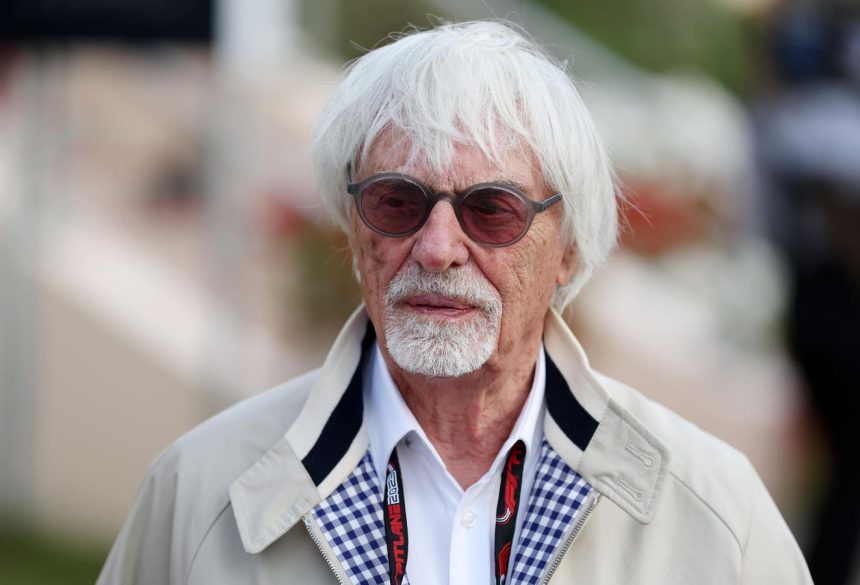Former Formula 1 mogul Bernie Ecclestone, aged 94, has made headlines with the announcement that he will be putting his remarkable collection of racing cars up for sale. This extensive assembly includes an impressive 69 vehicles valued at “hundreds of millions” of dollars, showcasing significant models from Formula 1’s storied past. Ecclestone’s collection is not just a curated set of cars; it reflects over 50 years of dedication to acquiring only the most illustrious examples from different eras, including legendary Ferraris driven by F1 greats like Michael Schumacher, Niki Lauda, and more. His decision to sell comes amidst personal considerations, as he wishes to ensure these cars are transferred to new owners who will appreciate their historical significance, rather than leaving the burden to his family.
The collection is being managed for sale by luxury seller Tom Hartley Jr., who expresses that this assemblage represents a once-in-a-lifetime opportunity, stating, “There has never been, and probably never will be, a collection like this ever offered for sale again.” Hartley emphasizes the collection’s unique character, reminding potential buyers that these cars are not only historically significant but also rare—many of which haven’t been seen for decades. Among the notable aspects of the sale, Hartley points out that several models in the collection are valued in the “eight figures,” reflecting their importance and rarity within the automotive and racing domains.
Ecclestone’s car assortment includes several pivotal vehicles in Formula 1 history. For instance, the collection features the iconic 1949 Ferrari Thin Wall Special and the 312T, which marked Ferrari’s triumphant return to the Constructors’ Championship in 1962. Notable cars also include the Ferrari 312B3, a multiple Grand Prix winner, the Dino 246 that propelled Mike Hawthorn to the drivers’ championship in 1958, and the Ferrari F2002, which played a crucial role in securing both championships in 2002. These selections illustrate not only the cars’ individual significance but also their contributions to the sport’s evolving narrative over the decades.
Among the standout pieces of the collection is the legendary Vanwall VW10, which Stirling Moss piloted during the 1958 season, contributing to Vanwall’s first Constructors’ Championship title. Another notable inclusion is Alberto Ascari’s 1951 Italian Grand Prix-winning 375, the very vehicle that marked Ferrari’s inaugural victory in F1, establishing the team’s storied legacy. This collection serves as a microcosm of Formula 1 history, marked by pivotal wins and technological advancements that have defined the sport. Furthermore, Ecclestone’s collection notably includes all of his Brabham cars, featuring the infamous BT46B “fan car,” a controversial model that showcased innovative engineering during its time.
Ecclestone’s desire to sell his extensive collection is further underscored by his recent legal troubles, having pled guilty to fraud for failing to declare a significant trust held in Singapore. As part of the resolution, he agreed to repay nearly £653 million (approximately $830 million) to the UK tax authorities, prompting considerations for his future and the eventual disposition of his assets. This backdrop of personal reflection adds gravity to his decision, indicating that he is looking to proactively manage his legacy in the realm of motorsport amidst his health considerations.
In conclusion, Bernie Ecclestone’s decision to part with his historical car collection encapsulates not only his historical influence within Formula 1 but also the personal transitions he faces at this stage in life. With the auction under the stewardship of Tom Hartley Jr., collectors will have a rare opportunity to acquire pieces that hold significant cultural and historical value. The sale marks a pivotal moment in motorsport history, and it promises to capture the interest of collectors and enthusiasts alike. Ecclestone’s sentiment toward these vehicles encapsulates a deep emotional connection, as he hopes the new owners will cherish and maintain them as he has, as irreplaceable works of art reflective of the rich heritage of Formula 1 racing.



